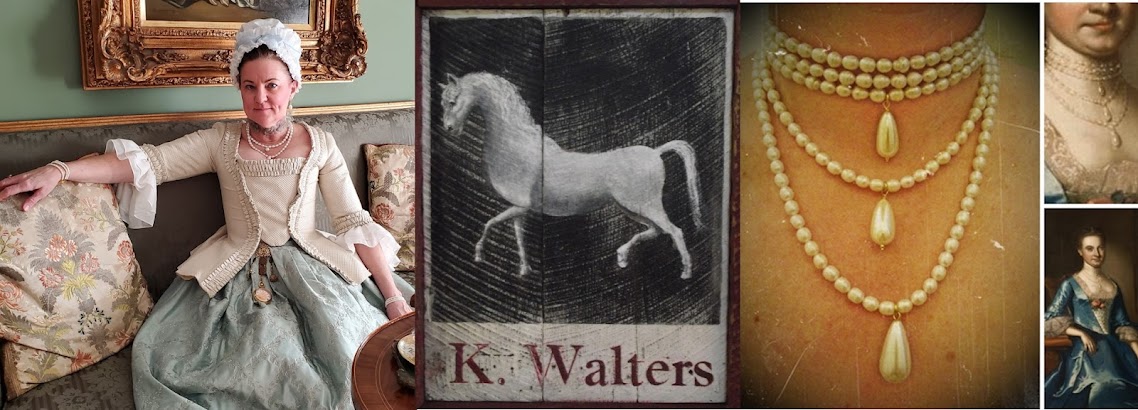Kimberly Walters brews a delightful blend with "Tea in 18th Century America," her latest deep-dive into the culture and rituals of the Age of Enlightenment. If you liked her book on 18th century cookery, you won’t be disappointed.
We all know that tea is a veddy, veddy British custom, and that revolutionary colonists dumped chests of it into Boston Harbor two years before the American Revolution. But did the “tea parties” really end there? The resounding answer: Perish the thought!
As Walters observes, this traditional beverage has personal meaning for many of us who grew up with it in one form or another. Tea’s story begins here in the 18th century, being a natural extension of an integral part of British society. But did you know that tea was long esteemed for its curative powers? That some considered it vanity to drink it? And that a whole range of traditional accessories (“equipage”) grew up around this drink, as did a certain nuanced etiquette? Even the founding fathers found ways to procure it during the Revolution, which speaks volumes about its role in their everyday lives.
"Tea in 18th Century America" is charmingly illustrated and bursting with historic anecdotes, period order book entries and inventories galore. Indeed, the first-hand sourcing is impressive and sure to please any history lover. Written almost like a journey of personal discovery, this book also explores the meaning of tea to those colonists who drank it. From political statement to medicinal restorative to de rigueur custom, tea was arguably, as Walters declares, the most “socially, politically and economically important” drink of its day. So popular was it that by 1783, even Gen. George Washington himself was inquiring about fashionable French tea equipage.
The book’s list of period tea blends and its descriptions of the intricacies of the 18th century tea ceremony are both useful and fascinating. There’s even good advice on how to brew a nice, strong tea of the type prized by colonists. Included, too, are sections on the Tea Act (with related postscripts); period measures, terms and definitions; and a lovely chapter on Margaret Tilghman Carroll, first cousin and sister-in-law of Washington’s wartime aide Tench Tilghman, and her personal receipt (recipe) book.
Not surprisingly, where "Tea in 18th Century America" really shines is in its collection of period receipts for foods to take with tea on different occasions. From moist angelica, sugared grapes and pickled walnuts to Naples biscuits, seed cake and moulded ices (plus much more), this is a treasure trove of delectable possibilities. Walters even touches on period colorings for confectionery, a rare treat indeed. Best of all, she offers suggestions on how to read and interpret these enticing period receipts.
I can’t say enough good things about "Tea in 18th Century America." If you love history and tea, it’s a must for your library—and a welcome gift, as well.
— Laurel Scott, Richmond, VA - Veteran Journalist / Reenactor
